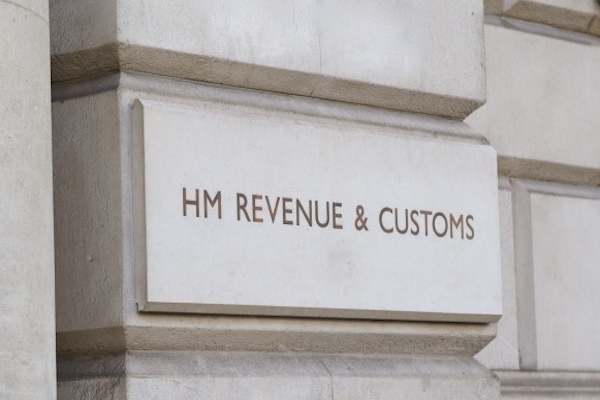
HMRC’s hi-tech system tracks down more tax evaders

Connect, HMRC’s sophisticated information system is being used more and more to identify income and gains that have not been declared.
That is according to accountancy, tax and advisory firm Blick Rothenberg, which claims not only that, but that the information that the Government agency can call upon to check whether an individual or company is evading tax is growing all the time, and becoming more sophisticated.
Jessica McLellan, a director in tax risk at Blick Rothenberg, said “Connect completely changes the dynamic of how HMRC commits investigative resource to risk and enables thematic and risk-based enquiries across the taxpaying population.
“Taxpayers need to be aware that it will be used increasingly - thus placing a higher burden on taxpayers, since the onus is on them to prove their returns are correct.”
She claimed “no taxpayer can hide” from the hi-tech HMRC system.
She added: “It’s not just about identifying income and gains; the searches are being used to provide key information about wider lifestyle questions – for example the existence of offshore assets, expensive flights to exotic destinations, or purchases of high value assets in the UK such as property or classic cars.
“This allows HMRC to consider a wider wealth picture and whether that fits with tax returns submitted by an individual.
“At its simplest it will identify someone with an expensive car (from DVLA data), who does not appear from his or her tax returns to have the income to afford or run such a vehicle.
“This is unprecedented; as time has gone on the system has become more and more sophisticated as additional information sources have been added, and many people just don't realise what information HMRC can call upon.”
Ms Mclellan said the following sources can and are being looked at by HMRC:
• Online marketplaces and adverts such as eBay, Autotrader, Rightmove and Zoopla
• Online payment providers such as PayPal
• Data from banks, pension funds and other financial firms that are required to report to HMRC
• Credit and debit card transactions
• Information from credit reference agencies
• Offshore financial information shared under Common Reporting Standard and the Crown Dependencies and Overseas Territories automatic tax information exchange
• Flight sales and passenger information from airlines
• Companies House records
• Driver and Vehicle Licensing Agency (DVLA) records
• Department for Work and Pensions (DWP) records
• The Electoral Roll
• Council Tax Register
• Land Registry
• Gas Safe Register
• The Charities Commission
• Thematic third party information as part of a specific campaign i.e. insurance and healthcare companies
Blick Rothenberg says the accessibility of information from Connect “also impacts how HMRC treats information from informants”.
Previously these leads may not always have been pursued due to the time and cost but with Connect HMRC can quickly see if there is any corroborative information that would make a tip-off worth investigating, the firm claims.
Ms McLellan added: “As with any data analytics, the end result is only as good as the information put into the system.
“There are huge challenges for HMRC around whether information received is accurate and in the right format and therefore relevant, particularly from other organisations and jurisdictions whose information is difficult to verify, or where there is a tax year end which is different from that in the UK.
“Connect is clearly reliant on the accuracy of data provided and whether it has been presented in a useful and precise way, so that it can easily be compared to information on UK tax returns.
“As an example, recently HMRC has sent a large number of letters (known as “nudge letters”) to taxpayers about having information indicating offshore income or gains, but in many cases has not even attempted to reconcile this information with the individual self-assessment returns.
“Connect is a highly sophisticated tool but HMRC has sometimes used it bluntly, particularly through its “nudge letter” campaigns.
“This places a still higher burden on taxpayers to make sure that their returns are correct.”
